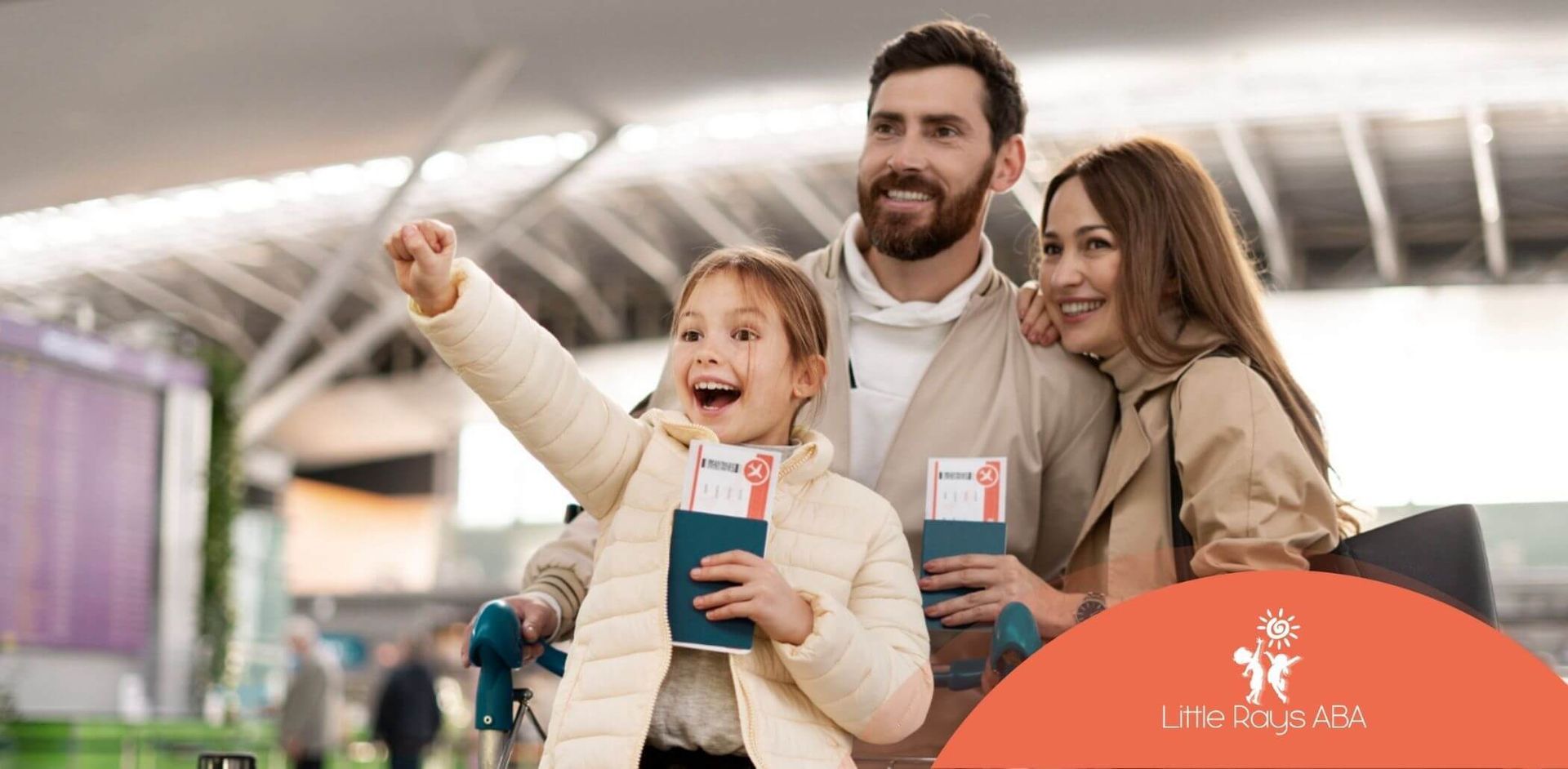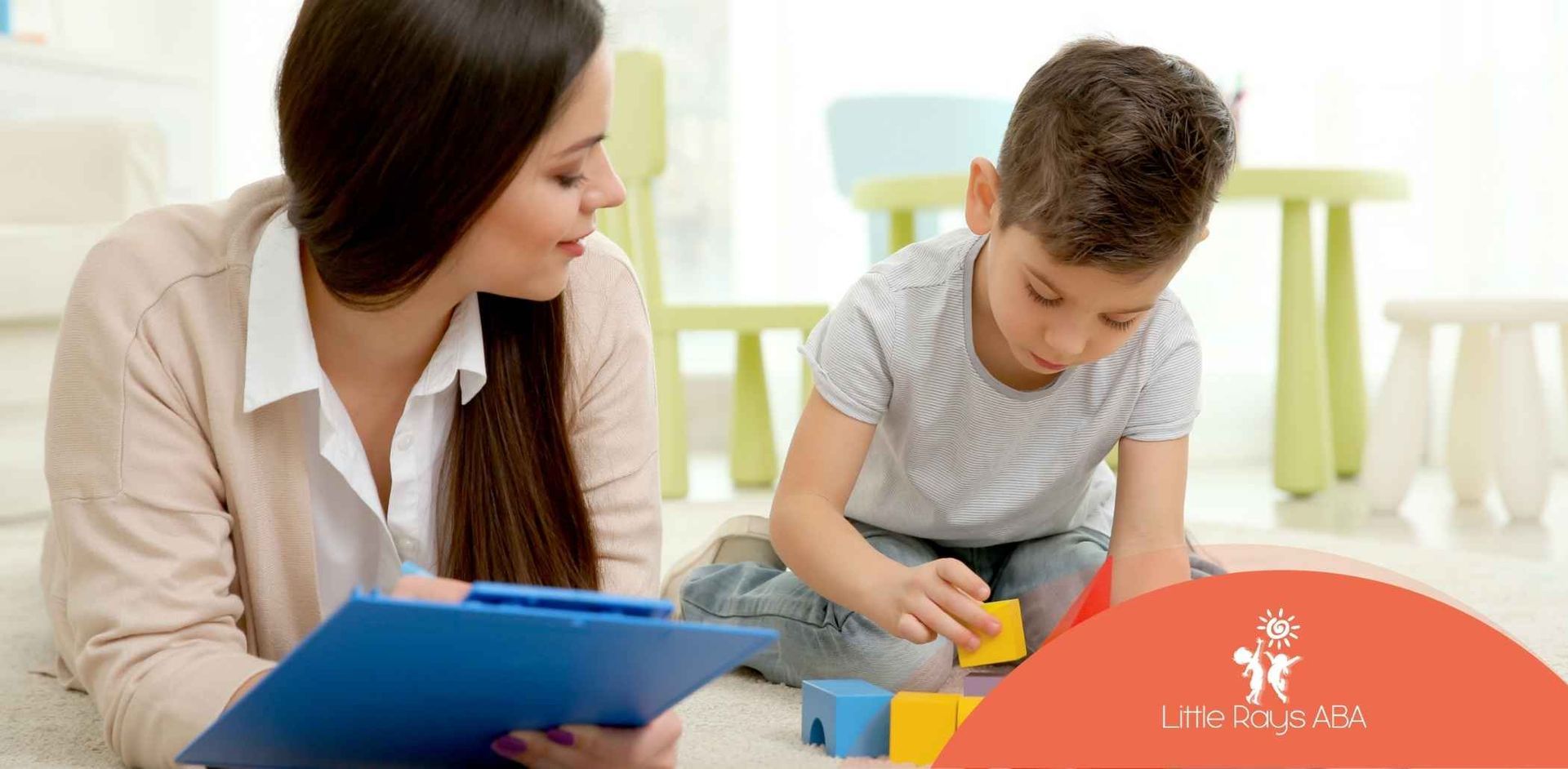
Smart Travel Tips for Families with Autistic Kids
Traveling with a child who has autism can feel overwhelming — but with the right preparation, it can also be a meaningful and enjoyable family experience.
Yes, it may take more time and effort to plan. But those extra steps can make all the difference. With thoughtful preparation, your trip doesn’t have to be stressful. Instead, it can be a chance to make positive, lasting memories.
A dad once told me his biggest fear was the unknown. Together, through in-home ABA therapy sessions, we created a schedule for every travel moment — from the car ride to hotel check-in. That vacation turned into the first one where he didn’t feel like they were just surviving — they were finally enjoying.
This guide shares practical, family-tested tips to help you travel with more ease, comfort, and confidence.
Preparing for the Trip
Talk About Travel in Advance
Start talking about the trip early. Use language that matches your child’s age and understanding. Instead of overwhelming them with too many details, introduce travel concepts gradually — planes, airports, hotel rooms, new foods.
Make timelines or countdown calendars to show how long until the trip. Visuals can help kids with autism understand time and reduce anxiety.
Use Visual Schedules and Social Stories
Visual schedules are especially helpful when routines are about to change. Create a simple schedule showing each step of the trip, like:
- Packing bags
- Driving to the airport
- Going through security
- Boarding the plane
- Arriving at the hotel
Social stories can be short picture books or digital slides that walk your child through what to expect. You can personalize these with your child’s favorite characters or familiar settings.
Booking with Autism in Mind
Choose Flights That Fit Your Child’s Needs
Try to book flights that are early in the morning. Airports tend to be quieter and less chaotic then, which can make the experience easier for kids with sensory sensitivities.
Direct flights are ideal if possible — fewer transitions mean less stress. When choosing seats, think about what your child prefers:
- A window seat might offer calming visuals
- An aisle seat might allow more freedom to move
Share Special Needs with Airlines and Hotels
Don’t wait until you arrive to mention your child’s needs. Reach out to the airline and hotel in advance. You can ask for:
- Pre-boarding
- Dietary accommodations
- A quieter room location
- Staff prepared to assist with autism-related needs
Some hotels and travel companies are certified Autism Centers, which means their staff is trained in autism-friendly practices. These places can be a great option.
Packing Essentials for a Smooth Trip
What to Put in a Sensory Comfort Kit
A sensory comfort kit helps your child feel safe and grounded when routines change. These items can ease sensory overload or help with transitions.
Consider packing:
- Noise-canceling headphones
- Chewy snacks or gum
- A favorite stuffed animal or toy
- Fidget tools or sensory items
- A tablet with games or calming videos
- Familiar snacks that meet dietary needs
Keep this kit within easy reach during the flight or long car rides.
Must-Have Items for Transitions
Smooth transitions are key to avoiding autism meltdowns. Having a small transition bag ready can make movement between places less overwhelming. Include:
- A small pillow or blanket
- A piece of candy or chewable fruit snack
- Visual timers or transition cards
- Your child’s favorite calming video or game
Navigating Airports and Security
Practice Airport Routines at Home
The airport is one of the most unpredictable parts of travel. But you can prepare your child by role-playing airport steps at home.
Set up a pretend security line, watch videos of TSA checks, and walk through each stage — from bag checks to boarding.
Some airports even offer “rehearsal” days for families with neurodiverse kids. If there’s one near you, it’s worth checking out.
Use TSA Cares and Other Travel Programs
TSA Cares is a free service that helps travelers with special needs through the security process. You can contact them 72 hours before your flight.
They’ll assign an officer to meet you and walk you through security in a calmer, more controlled way.
Helpful Programs:
| Program | What It Offers | How to Use |
|---|---|---|
| TSA Cares | Help through airport security | Call or email 72 hours ahead |
| IBCCES Autism Centers | Certified travel partners | Contact location directly |
| Autism Speaks Travel | Planning tools and tips | Visit their website |
Traveling with a child on the autism spectrum can come with its challenges, but it also opens the door to meaningful shared experiences.
By preparing in advance, choosing the right accommodations, and packing with your child’s needs in mind, you set your family up for a more relaxed, enjoyable trip.
Remember, every child is different — trust your instincts and adjust as you go. With the right tools and support, travel doesn’t have to feel impossible. In fact, it can be an adventure you all remember for the right reasons.
At Little Rays ABA, we know that traveling with a child on the autism spectrum is just one part of the journey.
Whether you're preparing for a family trip or working toward daily milestones, our personalized ABA therapy helps your child grow with confidence and comfort — at home, in school, and in the community.
We proudly serve families across Florida with in-home and school-based ABA services tailored to your child’s needs. From communication skills to behavior support, our compassionate team is here to guide and empower both you and your child — every step of the way.
FAQs
How can I make my child feel safe during travel?
Stick to routines as much as possible. Use a visual schedule, bring their favorite comfort items, and take breaks when needed. Prepare your child ahead of time so they know what to expect.
What should I tell the airline or hotel?
Let them know if your child has dietary restrictions, sensory sensitivities, or needs quiet space. Ask for early boarding, room placement, or staff trained in working with neurodivergent children.
How do I handle sensory overload?
Have noise-canceling headphones ready, and identify quiet zones at the airport or hotel. Use your sensory kit and try to avoid crowded areas when possible.
Sources:
- https://www.understood.org/en/articles/how-to-make-sensory-travel-kit-for-kids
- https://www.autismspeaks.org/blog/holiday-air-travel-tips-autistic-people-and-their-families
- https://www.autismspeaks.org/autism-travel
- https://www.marcus.org/autism-resources/autism-tips-and-resources/tips-for-flying-with-a-child-who-has-autism
- https://www.luriechildrens.org/en/blog/travel-tips-for-children-with-autism-how-to-prepare-for-air-travel/
Related Posts





